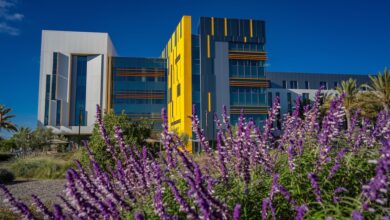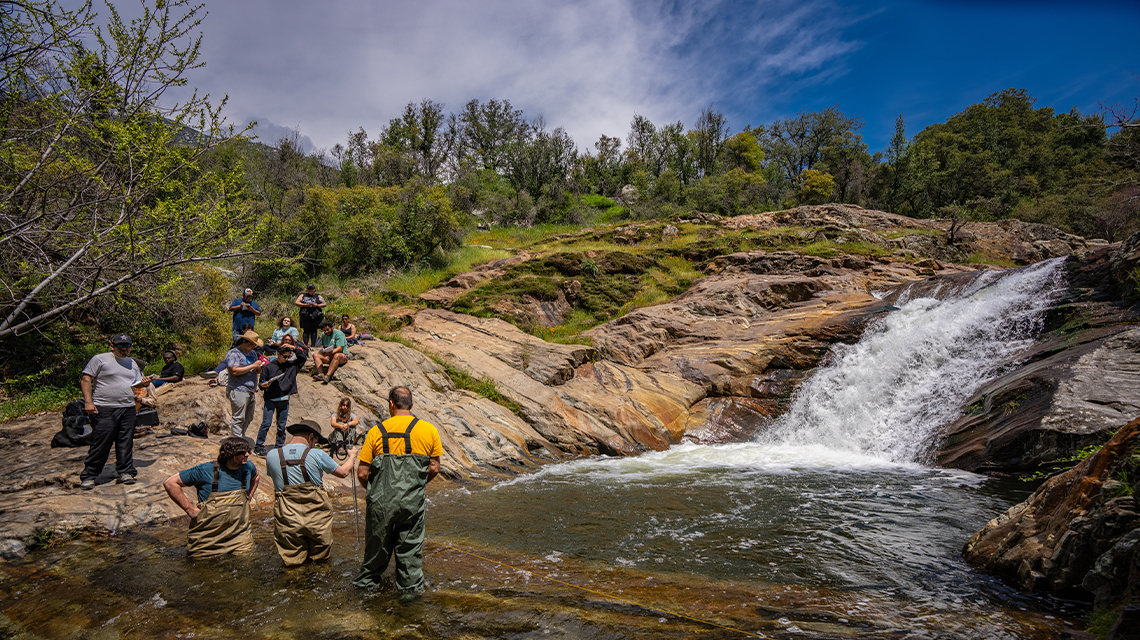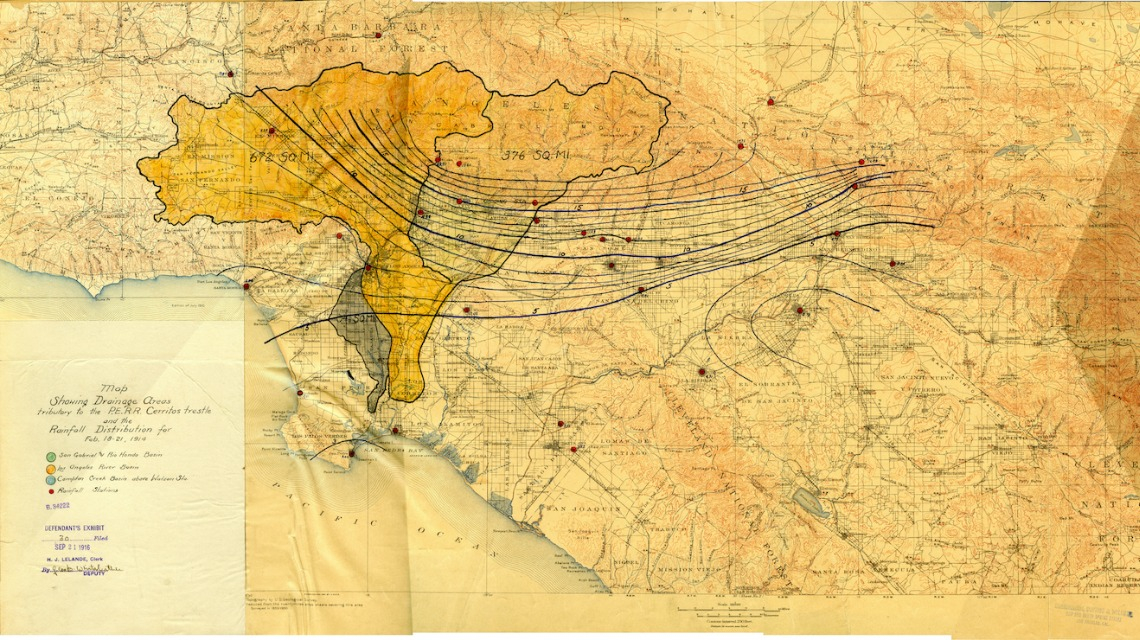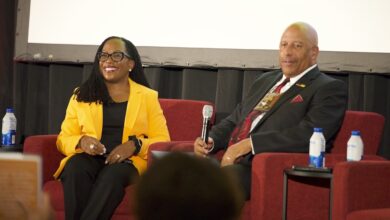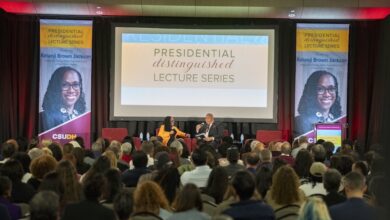
Augmented Reality, Sound
(Carson, CA) July 23, 2024 –– The University Art Gallery at California State University, Dominguez Hills (CSUDH) presents Brackish Water Los Angeles, co-directed by University Art Gallery Director Aandrea Stang and independent curator Debra Scacco. The exhibition will open August 12, 2024 with an opening reception on September 18 from 4-7 p.m., and is the culmination of a four-year art and research project which is part of Getty’s PST ART: Art & Science Collide initiative.
PST ART (previously known as Pacific Standard Time) engages over 70 cultural, scientific, and community organizations, supported by nearly $20 million in grants from Getty. This year, the initiative’s third iteration will present more than 60 exhibitions and programs exploring the intersections of art and science.
Brackish Water Los Angeles examines the ecosystems, infrastructures, and politics surrounding brackish water, which refers to the space where salt and fresh waters meet. The project considers the larger implications of in-betweenness, including issues of access, inclusion, ecological racism, and cultural/class system interchanges along Los Angeles’ waterways.
In the forthcoming exhibition, visitors will engage with contemporary and historical artworks, as well as objects from the natural world. Participating artists include Laura Aguilar, Judith Baca, Lauren Bon and Metabolic Studio, Laddie John Dill, Nancy Baker Cahill, Mercedes Dorame, Helen Mayer and Newton Harrison, Alfredo Jaar, Jenny Kendler, David Maisel, Kori Newkirk, Catherine Opie, Emma Robbins, Alison Saar, Shinique Smith, and Isaac Michael Ybarra, with additional objects from the collections of the Autry Museum of the American West, Donald R. & Beverly J. Gerth Archives and Special Collections, and the Natural History Museum of Southern California. The exhibition will be accompanied by public programming, ranging from artists’ talks to river clean ups.
Launching alongside the exhibition will be a self-titled publication with multi-layered research. The book will feature writing from the project directors, new essays by Connie Zheng and Emily Scott, thematically linked and poignant writing from Robin Coste Lewis and Rachel Carson, and more. The publication serves as a companion piece to the exhibition, featuring exhibition artworks, commissioned writings, and project bibliographies.
The exhibition will also include off-site activations and touchpoints which viewers will be encouraged to visit, including Helen Mayer and Newton Harrison’s California Wash in Santa Monica and Judith Baca’s Great Wall of Los Angeles. The exhibition will also present a new iteration of Nancy Baker Cahill’s groundbreaking augmented reality piece Mushroom Cloud in Long Beach. With the inclusion of these off-site artworks, audiences will be provoked to consider the shape of our city and their own relationship to land and waterways.
“Brackish Water Los Angeles has been guided by goals that are expansive and open, allowing the murkiness of brackish spaces to ask more questions than to find definitive answers, and to engage a research process that includes members of the university community throughout,” said Stang.
Participation from CSUDH students has been a central part of the project’s development. Stang and Scacco co-taught two semesters of a course with a focus on art and water, through which the classroom space was envisioned as a laboratory for future thought. The research in the course was unique and cross-disciplinary, with frequent field work, site visits, and guest lecturers, and ultimately the CSUDH community were central co-ideators in both the research and curatorial approach.
“The exhibitions in this new edition of PST ART boldly go beyond the expected, sparking a fundamental shift in how we see the possibilities of both art and science,” says Joan Weinstein, director of the Getty Foundation, who has stewarded all PST ART collaborations to date.
“The questions that more than 70 partner organizations are posing in their exhibitions are crucial for our very future. What can artists and scientists do in collaboration to overcome ecological damage and imagine a more sustainable future? What does the history of Southern California’s aerospace industry tell us about the movies, and about current structures of surveillance and control? How have scientists visualized the natural world, and how do artists now envision once-unthinkable scientific developments? With Art & Science Collide, PST ART is again venturing into new territory and revealing the unexpected.”
Brackish Water Los Angeles is made possible by generous funding from Getty, Pasadena Art Alliance, and the California State University, Dominguez Hills’ Instructionally Related Activities Award.
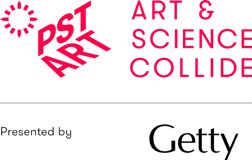
About PST ART
Southern California’s landmark arts event, PST ART, returns in September 2024, presenting more than 60 exhibitions from organizations across the region exploring the intersections of art and science, both past and present. PST ART is presented by Getty. For more information about PST ART: Art & Science Collide, please visit pst.art.
About the University Art Gallery
The CSUDH University Art Gallery serves the campus and broader community as a laboratory for contemporary art and design practices, presenting exhibitions and programming. The University Art Gallery is deeply committed to building a creative and innovative art and design culture that celebrates artists and engages audiences. For more information, visit gallery.csudh.edu.

